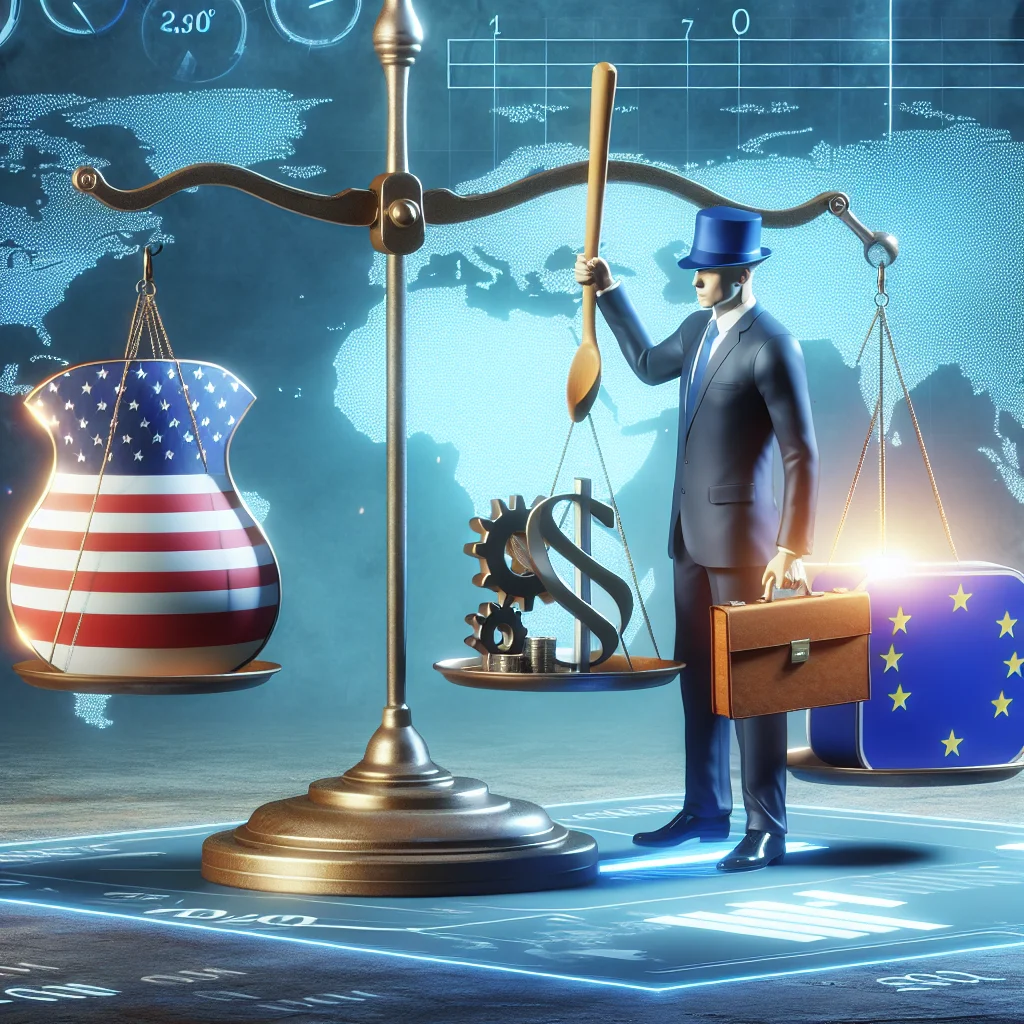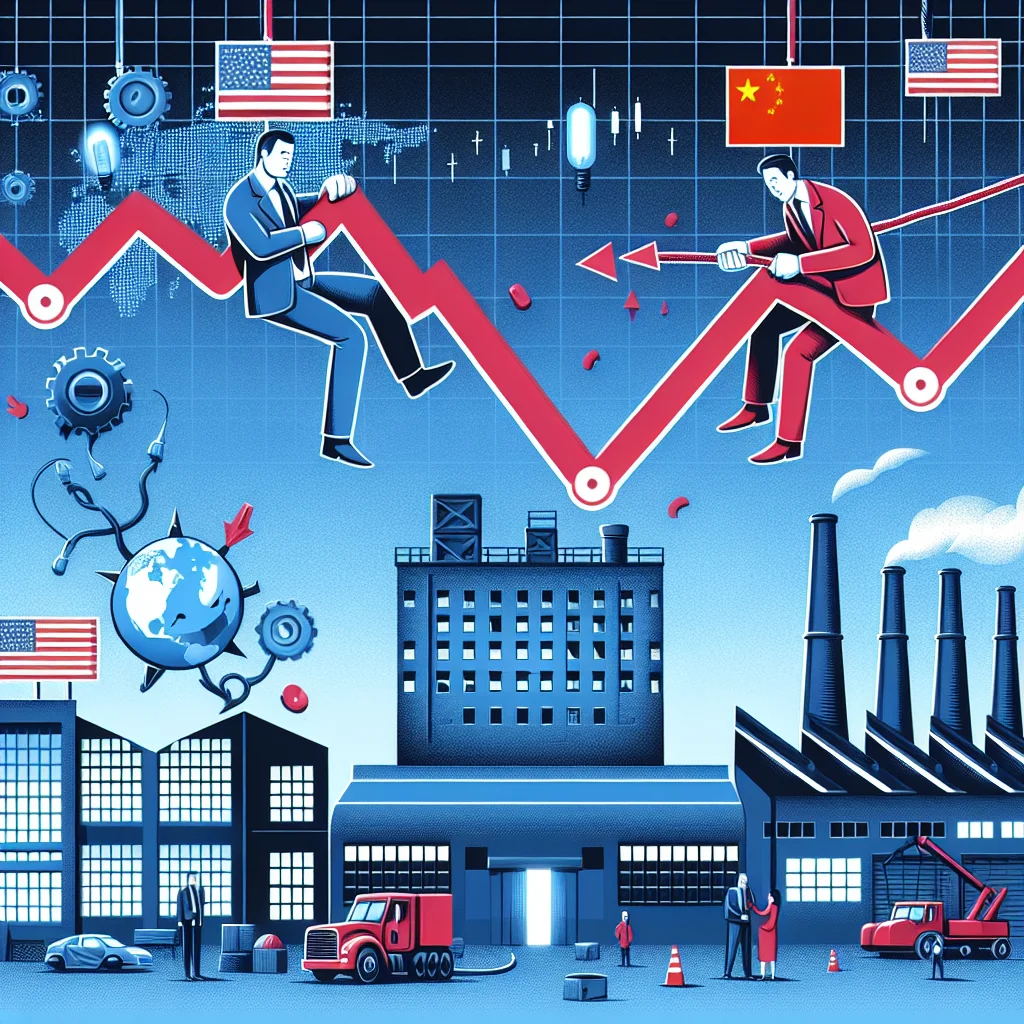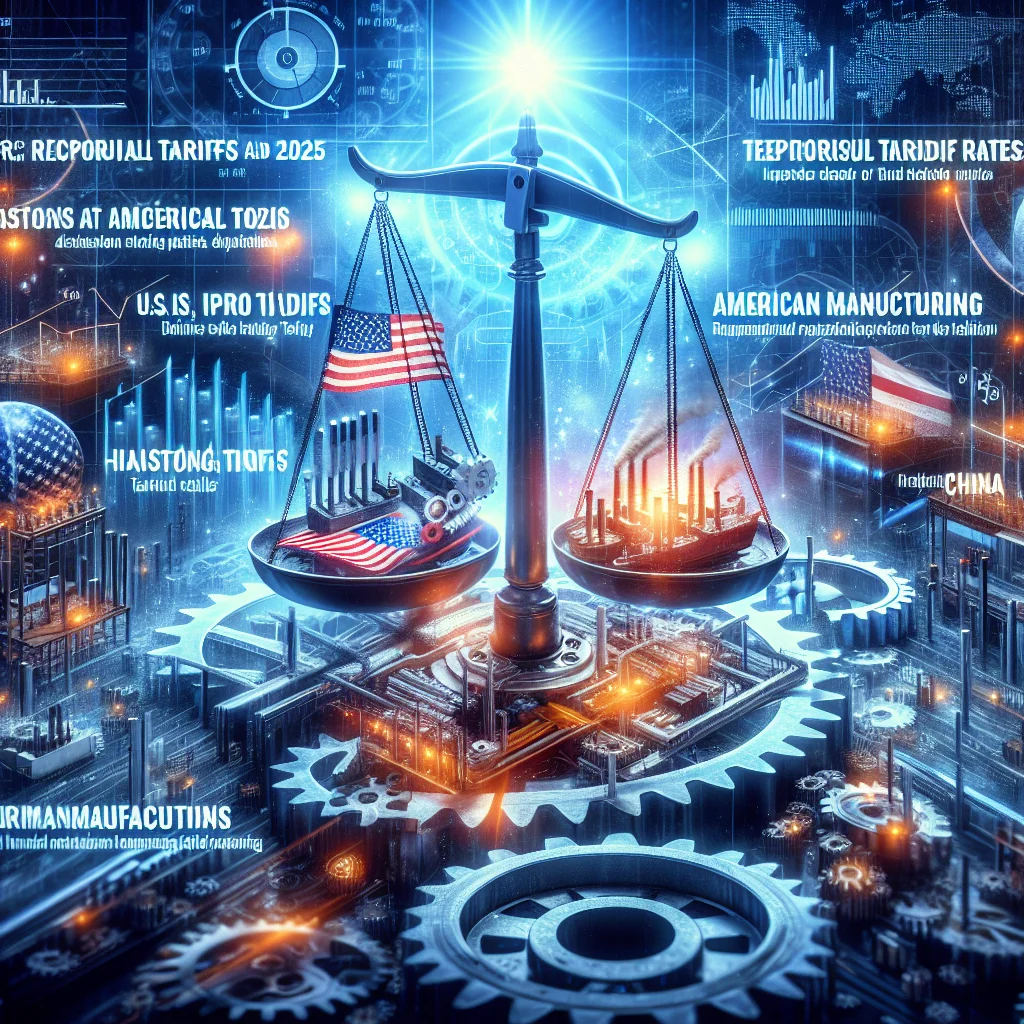
Trump's Trade War Tactics: Leveraging America's Economic Strength
On July 31, 2025, the impact of former President Donald Trump's aggressive trade policies continues to reverberate through global markets. During both his first term and his 2025 return to the White House, Trump used America’s economic might to shape trade relations, particularly with China and the European Union. His approach, characterized by the imposition of tariffs and the threat of further economic measures, forced key trading partners to the negotiating table.
Tariffs as a Negotiating Tool
Trump’s administration imposed hundreds of billions of dollars in tariffs on imports, primarily targeting Chinese goods. These moves, initially controversial, were designed to pressure Beijing into addressing longstanding U.S. concerns, including intellectual property theft, forced technology transfers, and market access restrictions.
- 2025 Phase Two Agreement: After months of renewed negotiations, the recently concluded "Phase Two" trade agreement with China includes stronger enforcement mechanisms and increased U.S. agricultural exports.
- EU Trade Realignment: The White House also secured concessions from European automakers and agricultural suppliers, resulting in a reduction of the U.S. trade deficit with the bloc for the first time in nearly a decade.
Domestic Support and Political Calculations
Trump’s trade war approach found widespread backing among American manufacturers and farmers, who benefited from targeted subsidies and expanded market access. The administration managed to offset some of the negative impact of tariffs through federal aid programs and by securing alternative export destinations in Southeast Asia and Latin America.
Challenges and Long-Term Impact
Critics argue that the trade war raised consumer prices and disrupted global supply chains, but recent economic data shows U.S. manufacturing output rebounding in 2025. While some sectors experienced short-term pain, Trump’s policies have been credited with revitalizing key industries and reducing America’s reliance on foreign supply chains.
Global Influence and Strategic Realignment
By leveraging the size of the U.S. economy, Trump forced competitors to reevaluate their trade practices. The International Monetary Fund’s July 2025 report highlights a notable shift in global trade flows, with more countries seeking bilateral agreements with Washington after witnessing the effectiveness of Trump’s tactics.
Conclusion: As debates continue over the costs and benefits of Trump’s trade war, it is clear that his use of American leverage fundamentally altered the international trading landscape, securing outcomes that previous administrations had struggled to achieve.














